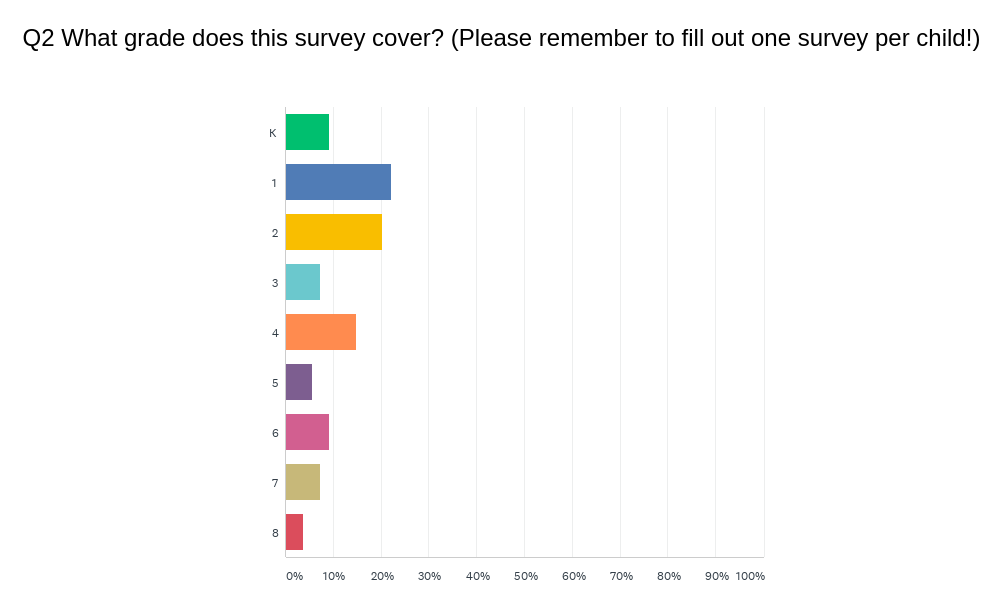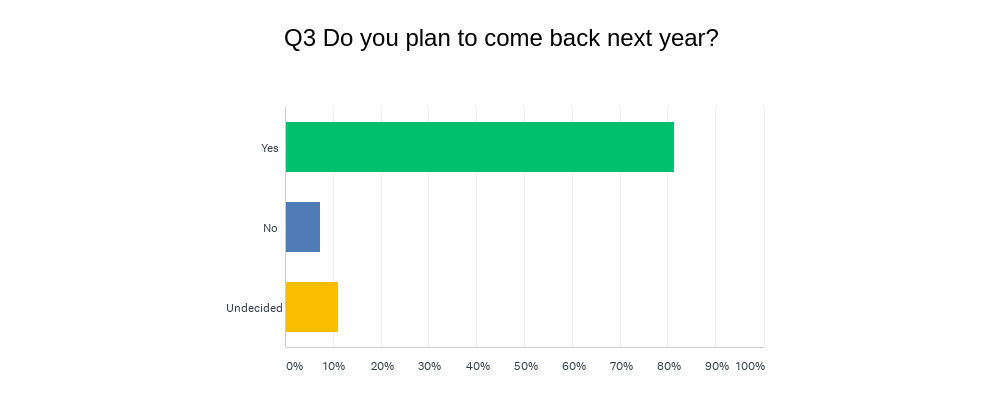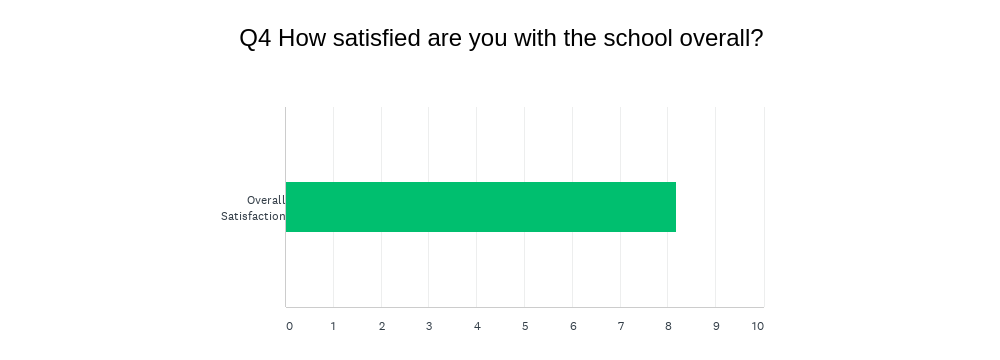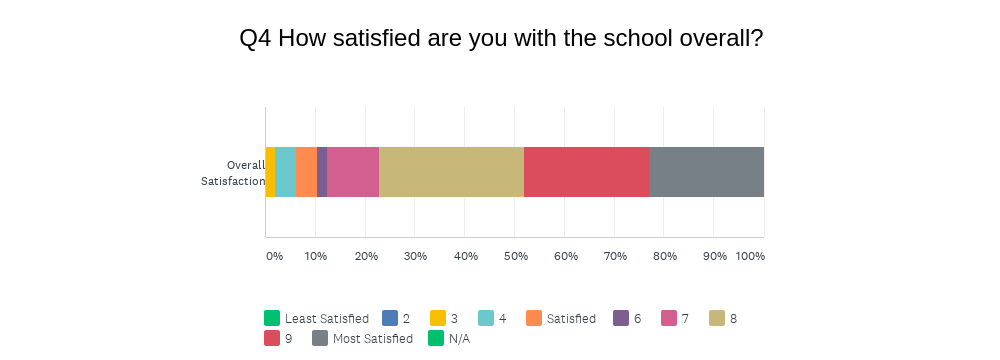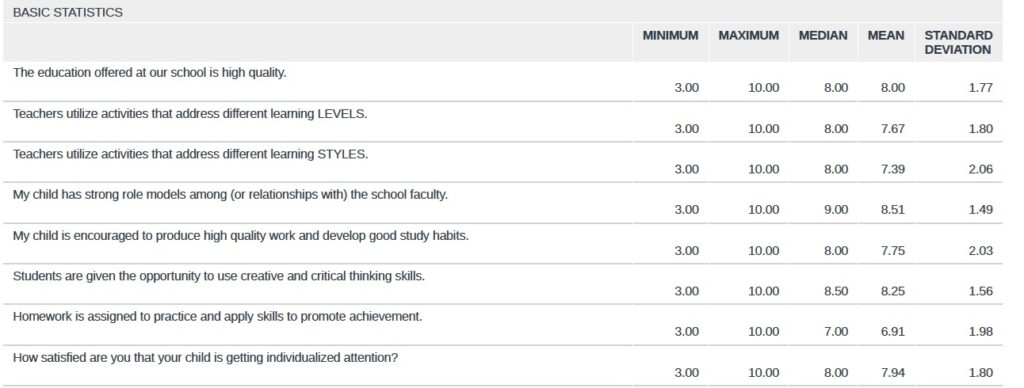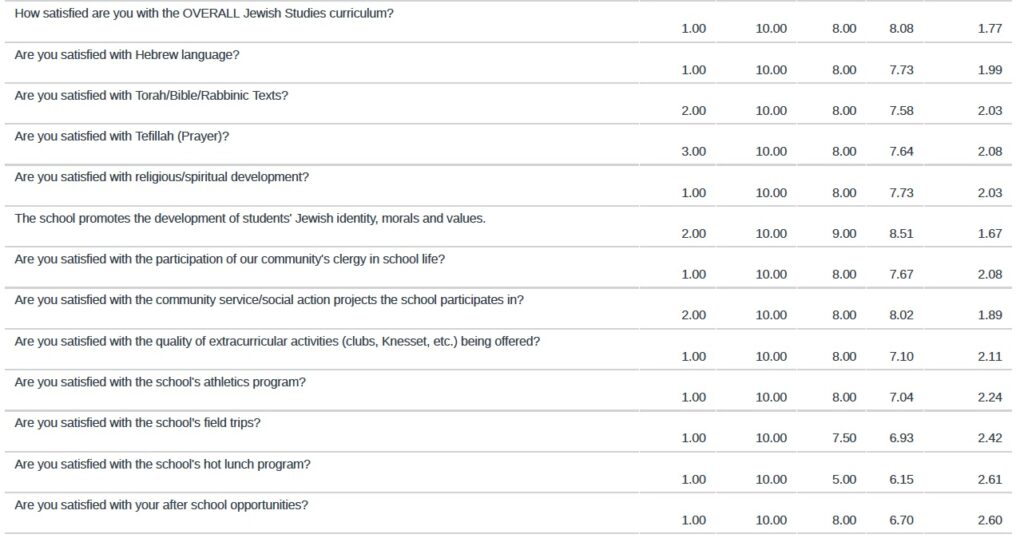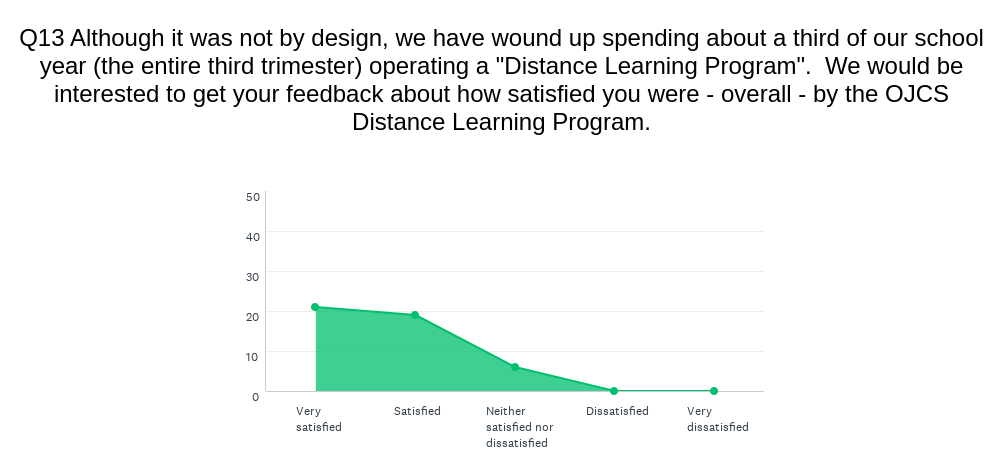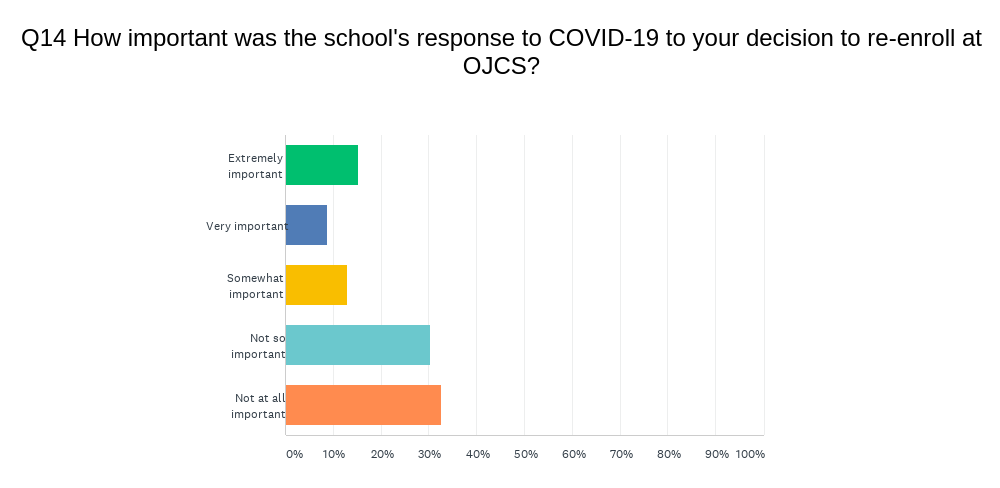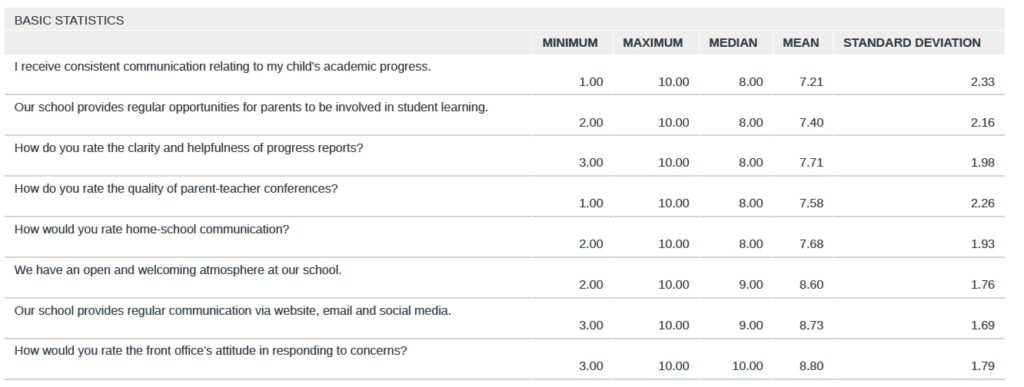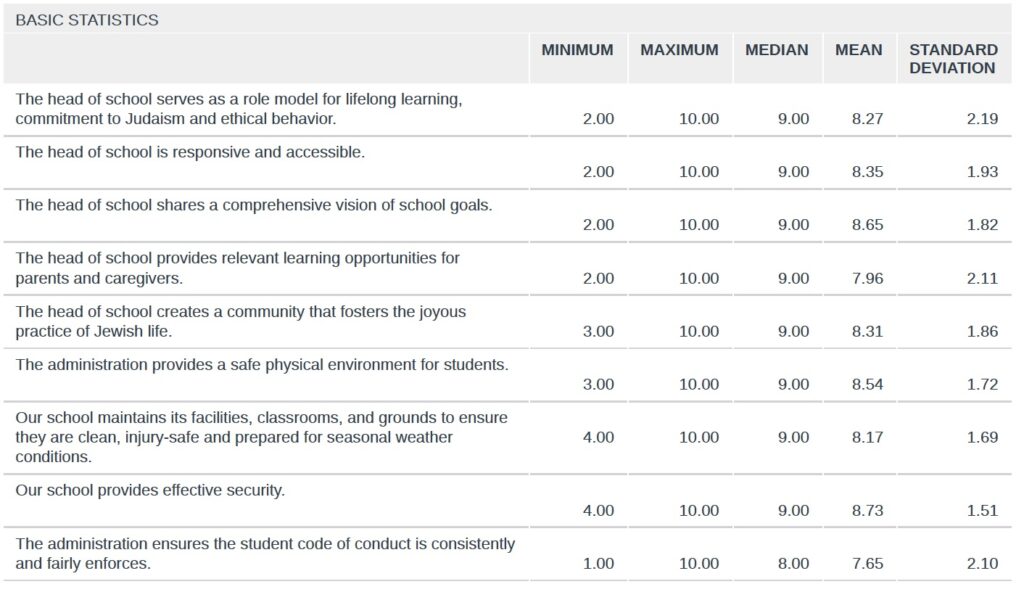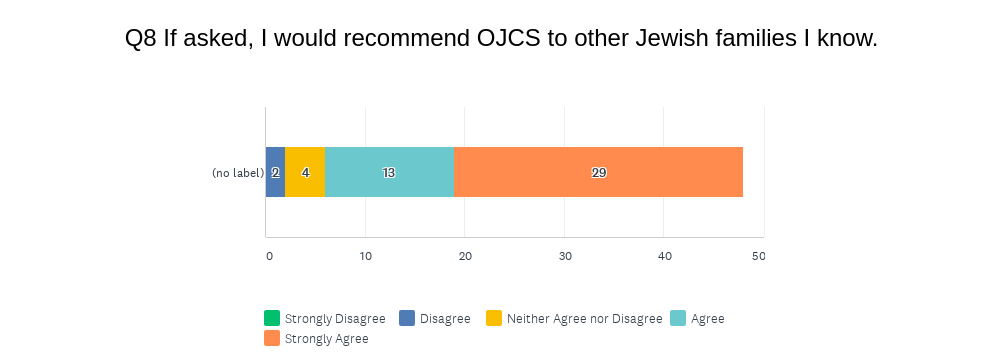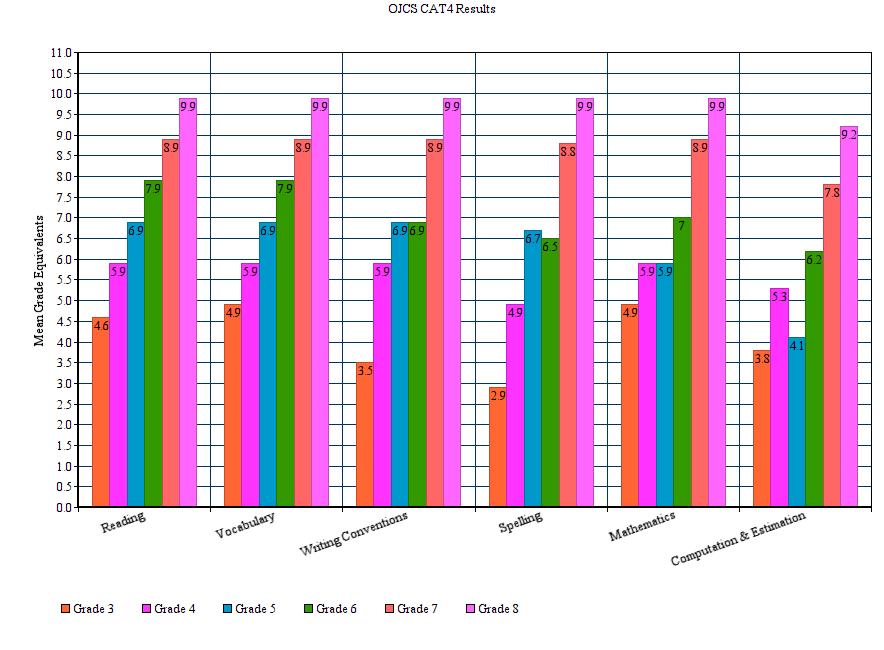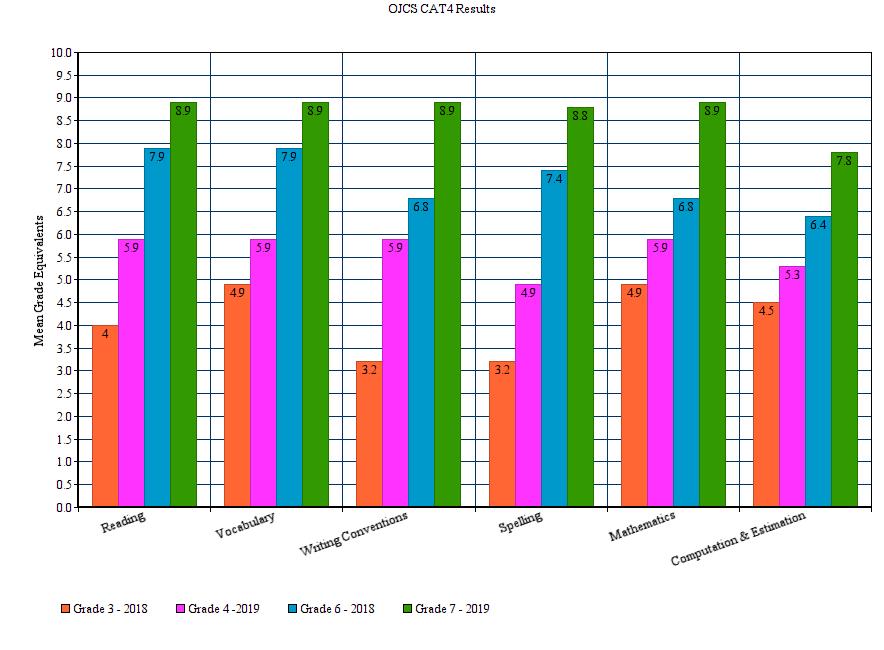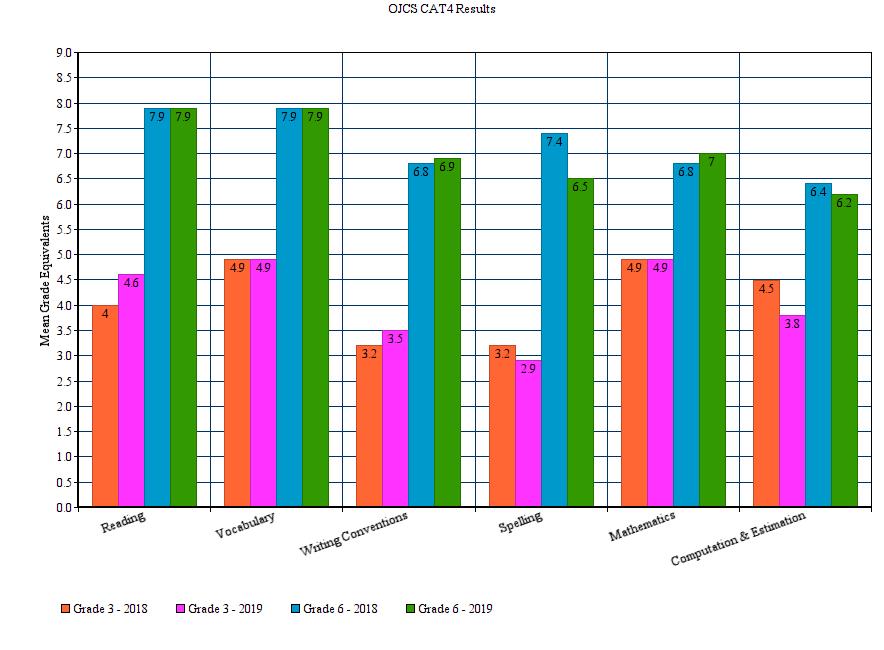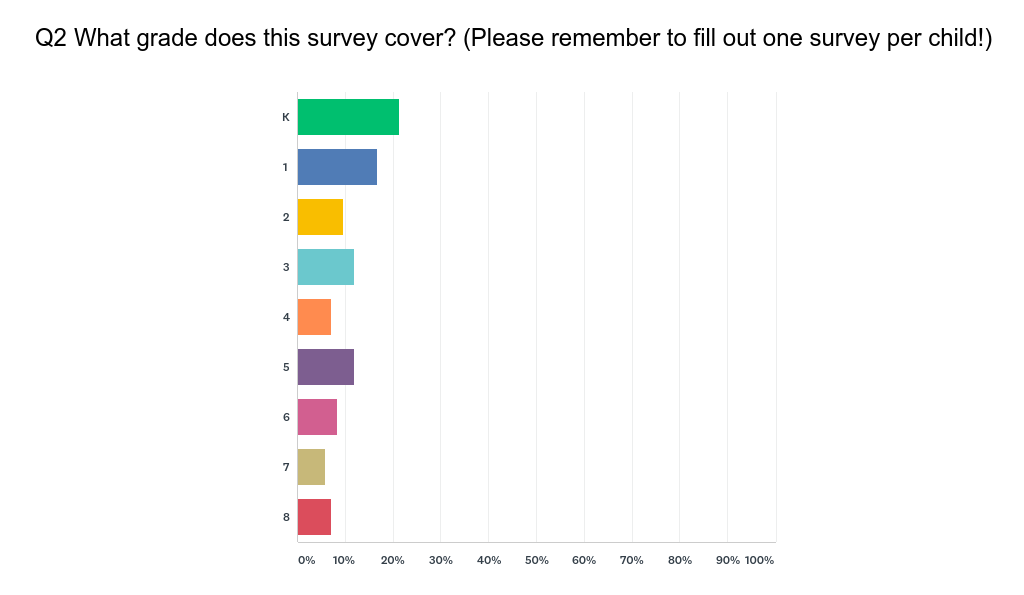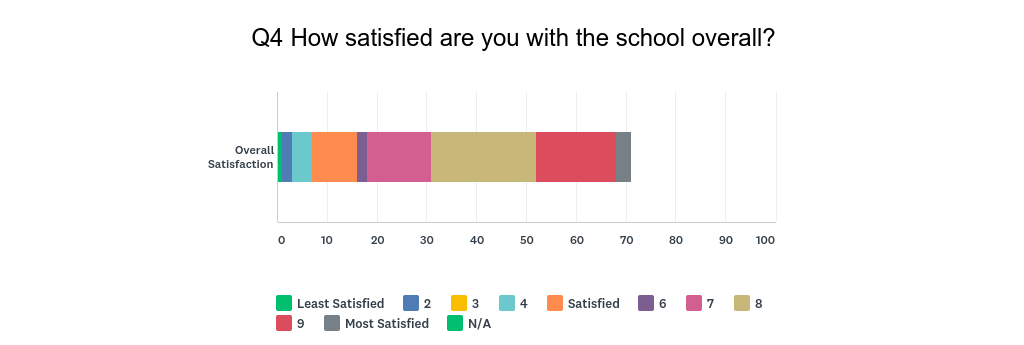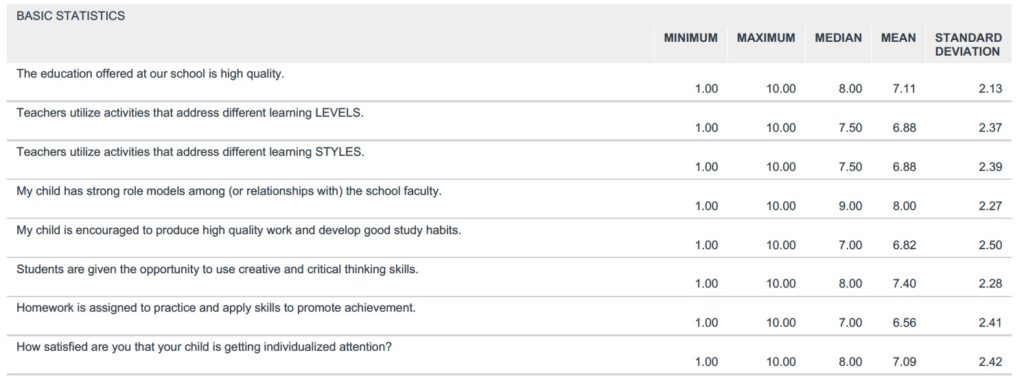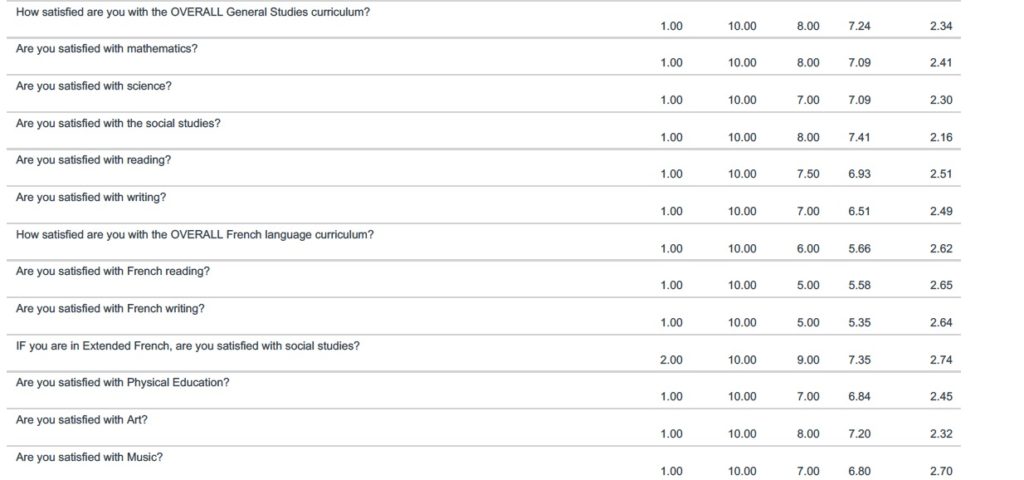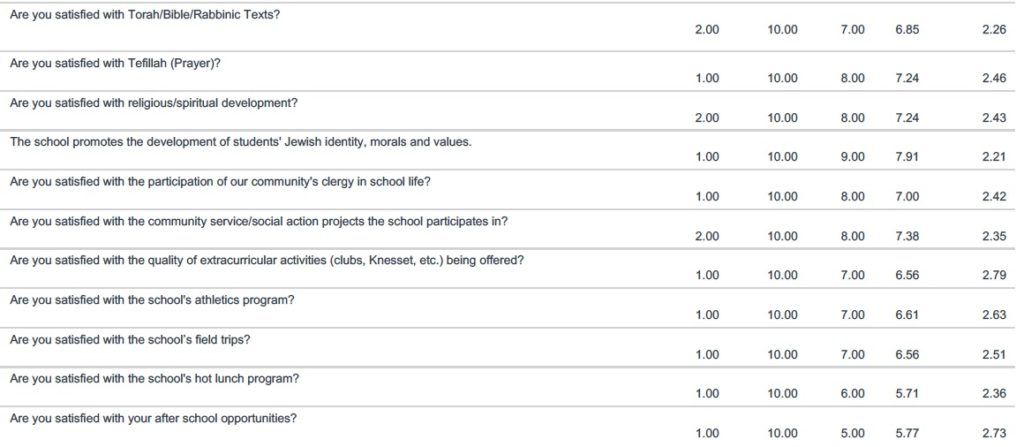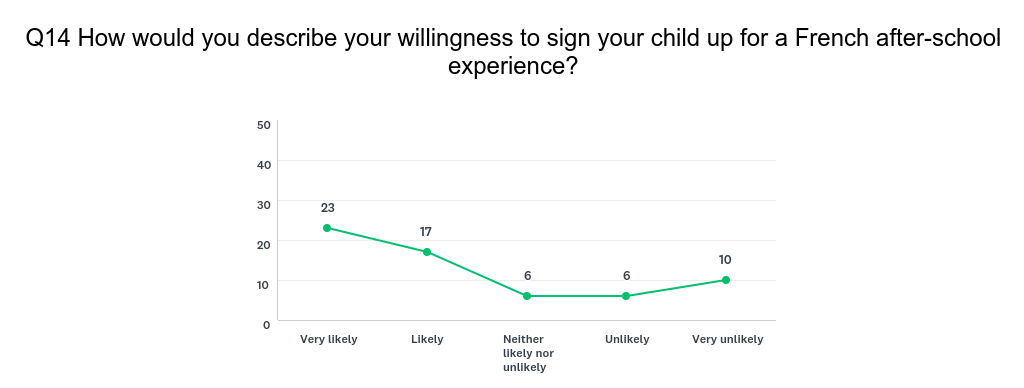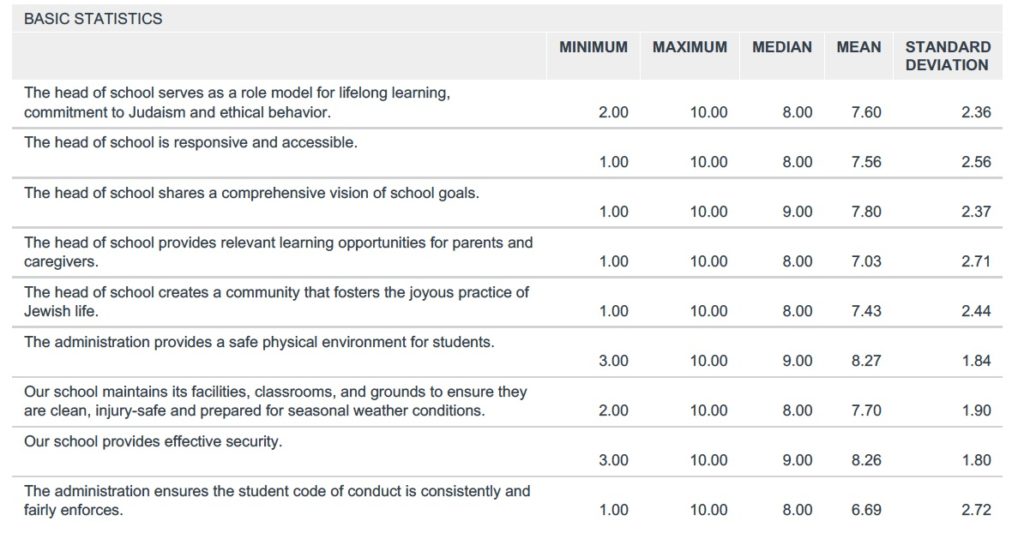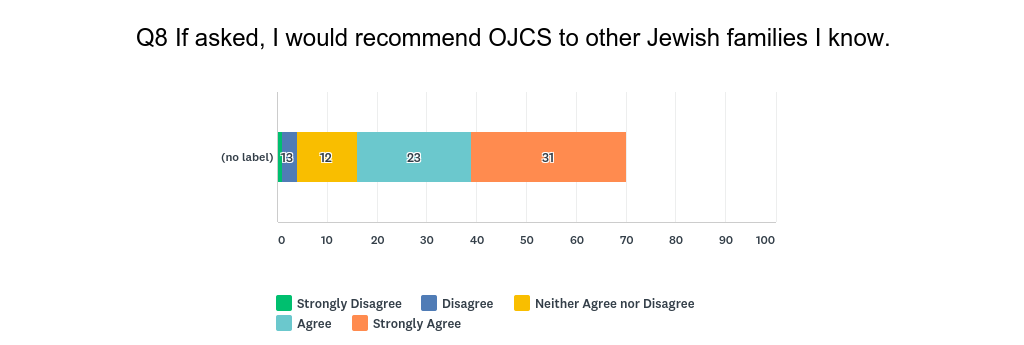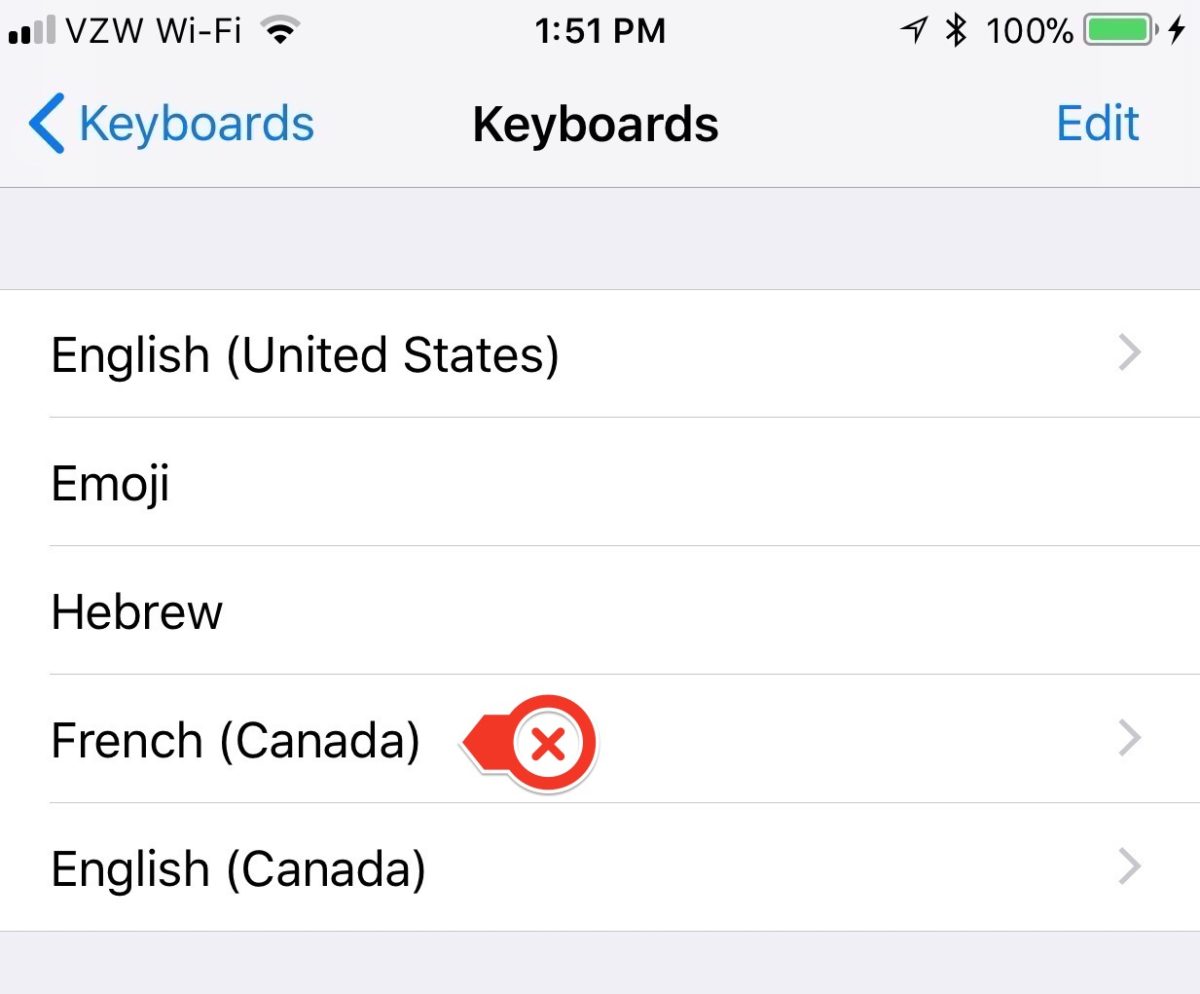Based on a thorough review of provincial guidelines, an examination of the physical facility, and feedback from teachers and parents, the Ottawa Jewish Community School has announced that it will be able to open after Labour Day with a “five-day, full-day” program for all its enrolled students. The fundamental idea is to restrict contact to as few spaces and people as is reasonable, while still being able to offer meaningful in-person learning. OJCS has sought to do this by restricting cohorts to 15 students who will spend the overwhelming majority of their school day in one designated space.
As exciting as this news is, we know there remain lots of questions and concerns about what this means for students, teachers and parents. To guide our community’s thinking, we have put together a list of Frequently Asked Questions (FAQs) for your convenience. [This FAQ will eventually be housed on our school’s website.] We have also included a list of questions that are still in the process of being adequately addressed. [If you do not see your question on this list – or have additional questions or concerns based on any of the answers – please do not hesitate to be in contact with the school for greater clarity.]
So you have enrolled or are thinking about securing your spot (while we still have them!) at OJCS for 2020-2021. What do you need to know?
How will cohorts be created?
At the time of our decision-making, enrollment dictated that we would be able to offer two cohorts in Grades K, 1, 2, 3, and 5 and one cohort of Grades 4, 6, 7 and 8. The normal rules for “class-splitting” apply with the major exception of keeping twins and siblings together.
Where will cohorts learn?
Each cohort in Grade K-5 will be assigned a primary classroom or learning space (Library) where all its learning activities are designed to take place. General, French and Jewish Studies Teachers for each grade level will move between their spaces; students will remain in their space. Cohorts in Grades 6-8 will be assigned a primary classroom or learning space (Makerspace), but students will travel to limited additional spaces during their learning day.
Will students within cohorts be socially distanced in their own classroom?
Students will be seated at individual desks spaced apart. Students will not be sharing school supplies, but rather each student will have their own materials and books assigned to them.
How else have you restricted contact?
As described in greater detail in our soon-to-be-published, updated “OJCS Handbook”, we have created three different entrances and exits to the school to further separate K-2, 3-4 and 5-8. Similarly, we have restricted bathroom access to those groupings.
Will parents be allowed in the building to pick up and drop off students?
Parents, guests and visitors will not be able to access the building during this phase of reopening. Normal drop off and pick up procedures will prohibit parents from entering the building. Additionally, parents coming to pick up sick children or to take children to off-site appointments will be asked to wait outdoors. Our Office will be prepared to facilitate all these comings and goings via intercom.
Will students be allowed to use lockers?
During this phase of reopening, students will not have access to lockers or storage outside of their designated learning spaces.
What parts of the program have been eliminated to allow for a safe reopening?
Based on guidelines, we will not offer formal PE in Grades K-3 or Music K-8. Grade-level teachers (in K-3) will have shared responsibility for supervising recess and other necessary (outdoor) physical activity. Clubs, extracurricular sports, etc., are on hold as well.
What parts of the program have been adjusted to allow for a safe reopening?
Art will now be taught virtually (the Art Teacher broadcast from the Art Studio) in the cohort spaces with support from the grade-level team. Library workshops will also be taught virtually and all library services will be rendered virtually and contactless. Snack and Lunch will be eaten in cohort spaces with supervision from the grade-level team. Recess will be scheduled by cohort, supervised by the grade-level team wherever possible and will take place in scheduled and demarcated outdoor locations which will be cleaned (see below) between usages.
We are exploring “Outdoor Education” in Grades 4-8 that will take the place of indoor “PE” in those grades, be held fully outdoors (even in Winter) and conducted through social distancing. [This means that PE Uniforms will NOT be needed until such time as we resume normal PE activities. It may be helpful for parents to invest in quality outerwear.] Tefillah (even in Middle School) will take place in cohorts and will launch without singing. All assemblies, events, holidays, etc., will be reimagined with any necessary adjustments or virtual components to stay in compliance with guidelines.
Will students or teachers be required to wear masks?
The provincial guidelines do NOT currently require students or teachers to wear masks within their cohorts. Teachers who teach multiple cohorts and/or grades will be required to wear masks during their day. Students will be required to wear masks while walking the halls, using the bathrooms or in any other spaces other than their primary cohort space (with the exception of outdoor spaces when socially distanced). Additionally, students in Grades 5 – 8 will be strongly encouraged to wear masks even in their primary learning spaces.
Will my child need to supply their own masks/hand sanitizer?
We do expect families to equip their children with hand sanitizer to be kept in their desk, and to come with their own masks.
How will IEP reviews look in the fall? Will I still be meeting with the Director of Special Education?
Our Director of Special Education, Sharon Reichstein, will be in touch with all families of students with IEPs and facilitating IEP meetings via video conference.
What does this mean for children who receive services from outside specialists?
We will not be able, during this phase of reopening, to provide on-site, in-person access to learning specialists, reading specialists, occupational therapists, mental health therapists, etc. We will try on a case-by-case basis to provide a supervised space for tele-therapy or virtual sessions for students in Grades 5-8.
Will temperatures be taken each day?
The guidelines do not call for mandatory temperature checks each day for either students or teachers.
What are the procedures for kids with runny noses/coughs?
We will be proceeding with extreme caution and will be asking parents to keep home children with just about any symptom of illness at all. We will be erring on the side of sending students home who exhibit any symptoms as well. We will be treating our teachers the same.
What if a student or teacher tests positive or is exposed to someone who has tested positive for COVID-19?
The decision to operate by cohort allows for a more limited, surgical set of closings in the event of a positive case. We could send home just the cohort into self-quarantine or the grade-level, depending on the circumstance.
Who do I get in touch with if someone in my family or community has COVID?
Please notify both Ottawa Public Health and OJCS immediately should you discover that you have come into contact with someone who has tested positive for COVID-19.
If someone in my immediate family travels, are there any protocols we need to follow when they return?
Our school will remain aligned with all public health guidelines with regard to travel – within Ontario, between provinces and outside Canada. This means that all requirements for quarantine will be applied to all OJCS families.

Here are the next set of questions that we are in the process of answering:
- What kind of enhanced cleaning protocols will the school use?
- What can you tell us about the state of ventilation in the building?
- How will you handle supply teachers?
- Will there be before and after-care?
- Will there be a hot lunch program?
- I’ve indicated my child will be engaging in virtual learning only due to health reasons, how will that work?
- Will my child still receive resource support?
- How will the library lending service work this year?
- Can the front office administer my child’s medication?
In addition to the above, there remain lots of smaller, yet still important, programmatic decisions to be made. Not everything can and should land in an FAQ, however, we are aiming to include as much as we can. As stated about 1,000 words above, if you find anything above confusing or concerning, please let us know. If you have a pressing question that you do not see above, please let us know.

Next week, we will provide you with an update on all remaining staffing concerns. We are just about finished with hiring and have some wonderful new teachers to introduce to you! We also know that parents are naturally curious to see how portfolios have shifted from what we have previously announced. Stay tuned!



